
click for 360 tour

Different
colors signaled different philosophies. Green and purple were associated with
the militant British suffrage movement.
After the failed 1915 referendum in New
York, some groups chose yellow to avoid radical connotations.
Anti-suffrage
groups chose entirely different color schemes.
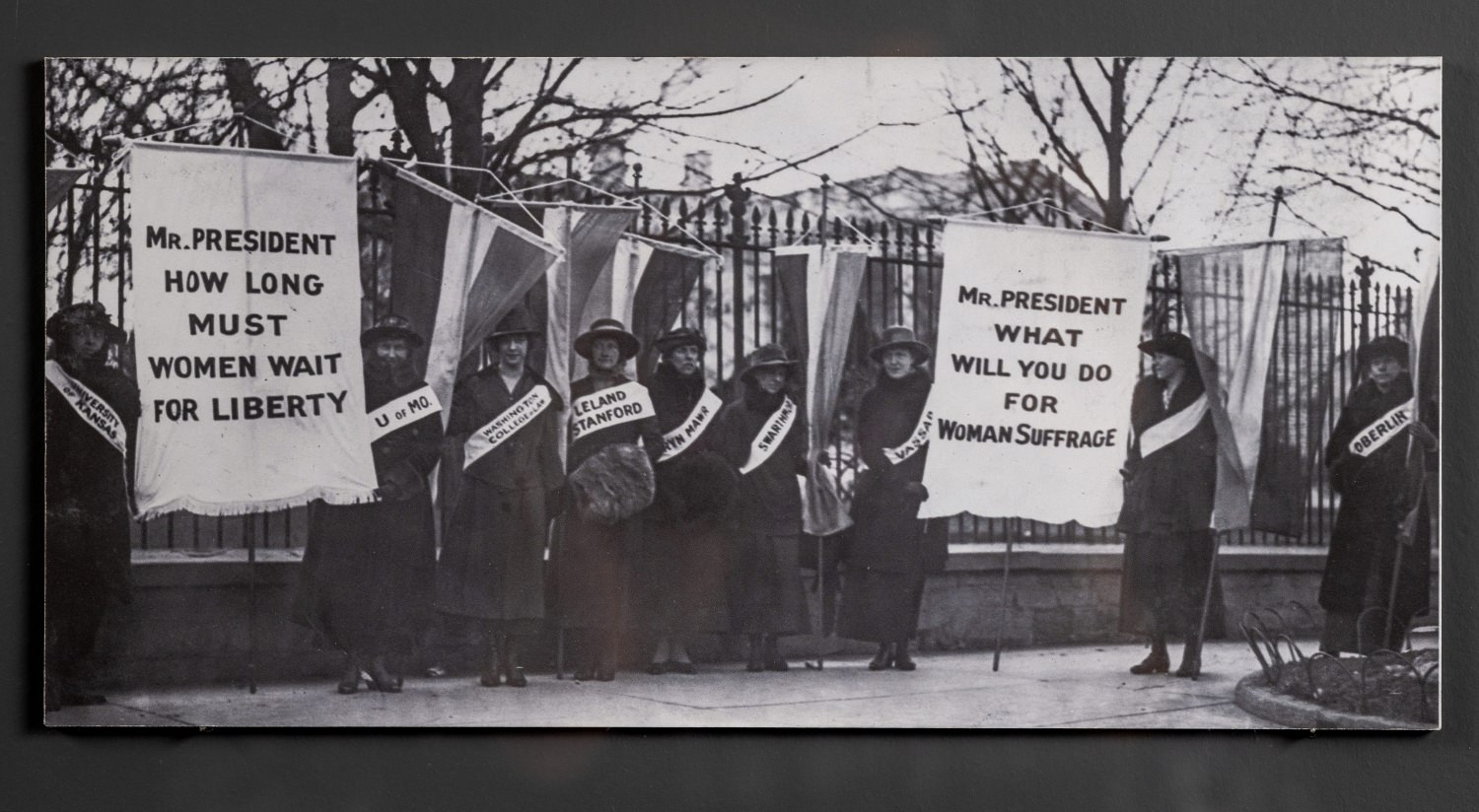
National Women’s Party Pickets, 1917
Library of Congress, Prints and Photographs
Division, Washington D.C.
Alice
Paul organized pickets outside the White House. The banners became increasingly
provocative, and she and many of her “Silent Sentinels” served time in a
workhouse for disturbing the peace.
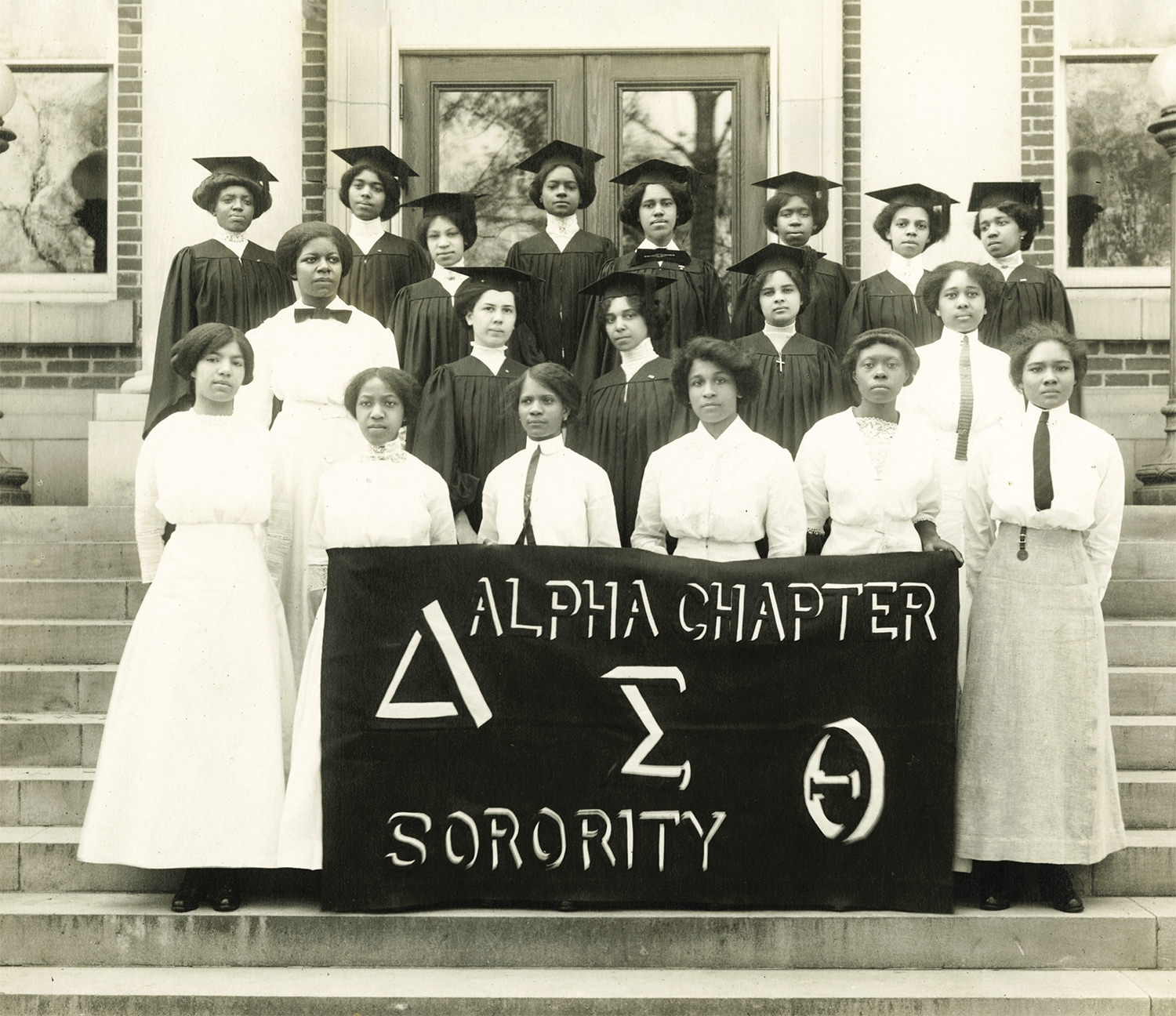
Howard University Delta Sigma Theta founders, 1913
Courtesy of the Delta Sigma Theta Sorority and
Howard University
Fearing
the objections of Southern suffragists, Alice Paul first discouraged Black
women from participating in the March 1913 parade in Washington, DC, then
agreed to segregate them at the back of the procession. The young founders of
Delta Sigma Theta marched, as did many well-known Black suffragists including
Mary Church Terrell and Ida B. Wells.
A copy of this photograph is displayed
at the Delta Sigma Theta Sorority, Incorporated National Headquarters located at 1707 New
Hampshire Avenue, Northwest, Washington, DC 20009.
Front Row: Winona Cargile Alexander, Madree Penn White, Wertie
Blackwell Weaver, Vashti Turley Murphy, Ethel Cuff Black, Fredericka Chase
Dodd
Middle Row:
Pauline Orberdorfer Minor, Edna Brown Coleman, Edith
Mott Young, Marguerite Young Alexander, Naomi Sewell Richardson
Last
Row: Myra Davis Hemmings, Mamie Reddy Rose, Bertha Pitts Campbell, Florence
Letcher Toms, Olive Jones, Jessie McGwire Dent, Jimmie Bugg Middleton, Ethel
Carr Watson Not Pictured: Eliza Pearl Shippen, Osceola Macarthy Adams, Zephyr
Chisom Carter
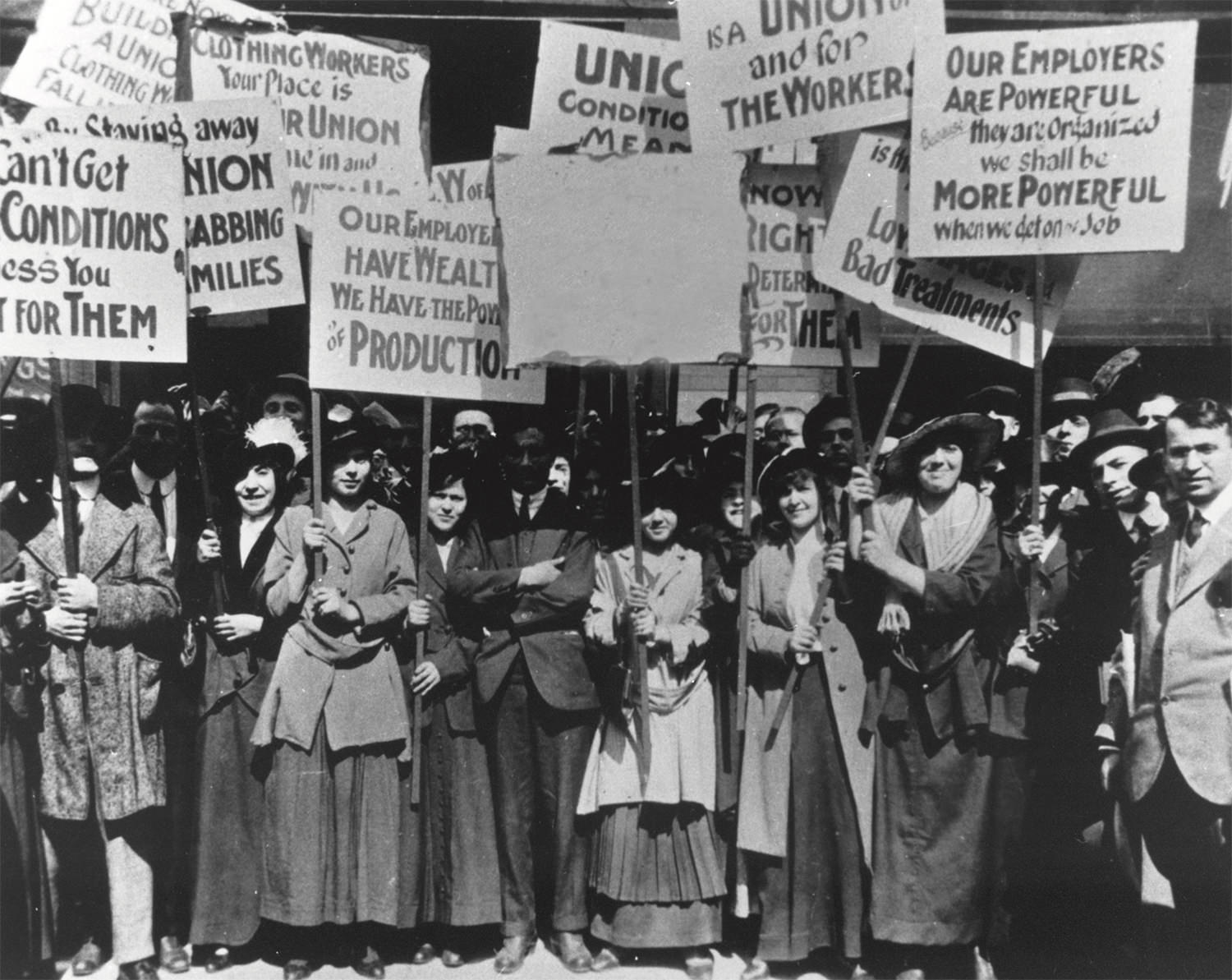
Amalgamated Clothing Workers on Strike, Chicago, 1915
Jacob Rader Marcus Center for the
American Jewish Archives
Working women boldly asserted their desire for the
vote. Broadsides proclaimed “every thinking working woman . . . wants the power
the ballot will give her and her fellow workers,” urging workers to attend
meetings and parades “to show the gentlemen we have arrived.”
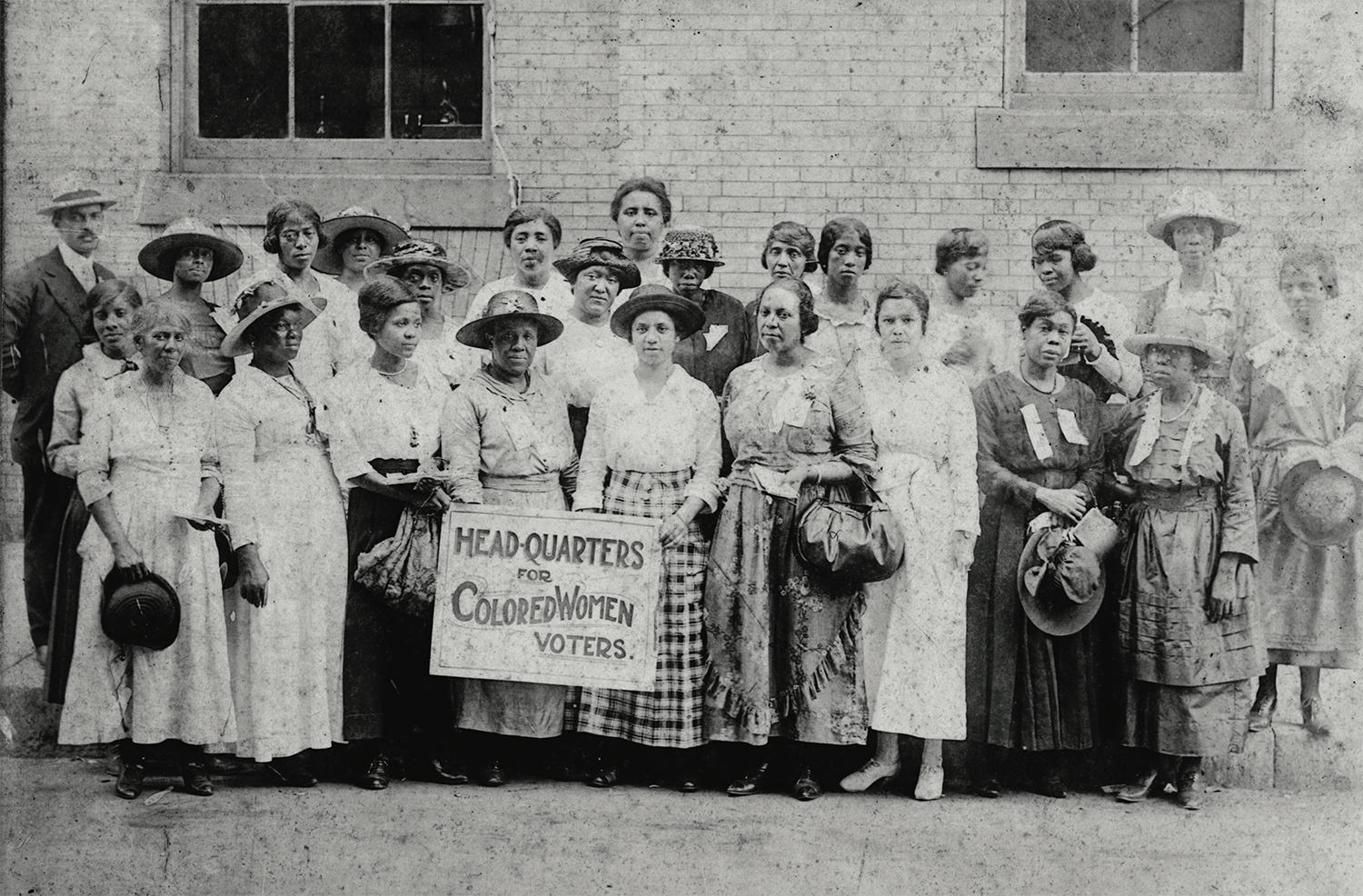
Headquarters
for Colored Women Voters,
attributed as Georgia, ca. 1920
Photographs and Prints Division, Schomburg
Center for Research in Black Culture, The New York Public Library
Black
voters fought efforts to keep them from the polls.
The NAACP spoke before
Congress on election-related violence, and these women formed a voters’ group
despite widespread disenfranchisement.

Sievers Studio. Missouri League of Women Voters, 1920. Missouri Historical Society, St. Louis
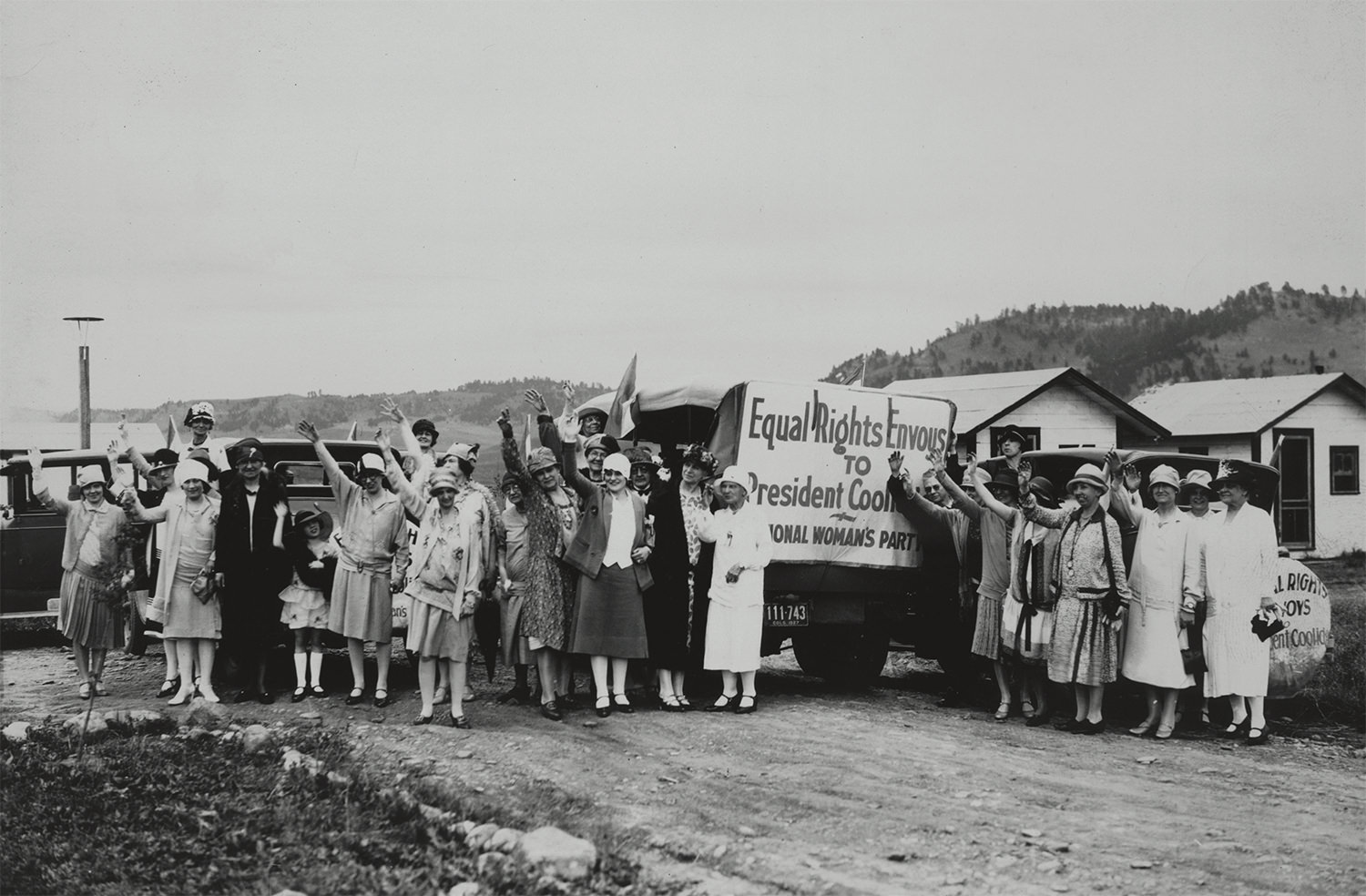
Equal Rights Envoys of the National
Woman’s Party, 1927
Library of Congress, Manuscript Division,
Washington D.C.
The National
Woman’s Party held that the vote alone did not guarantee equal access to democracy,
and proposed
the Equal Rights Amendment in 1923 to ensure equality and prohibit
discrimination according to sex.